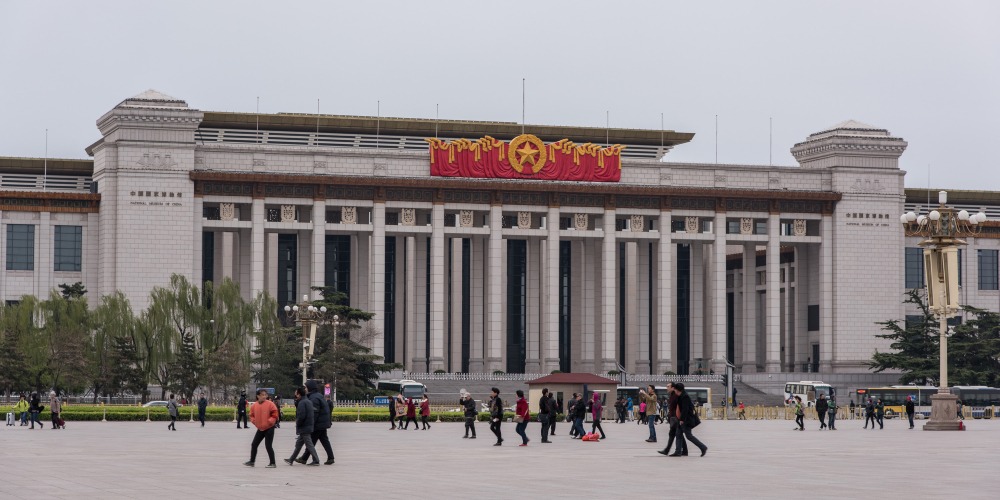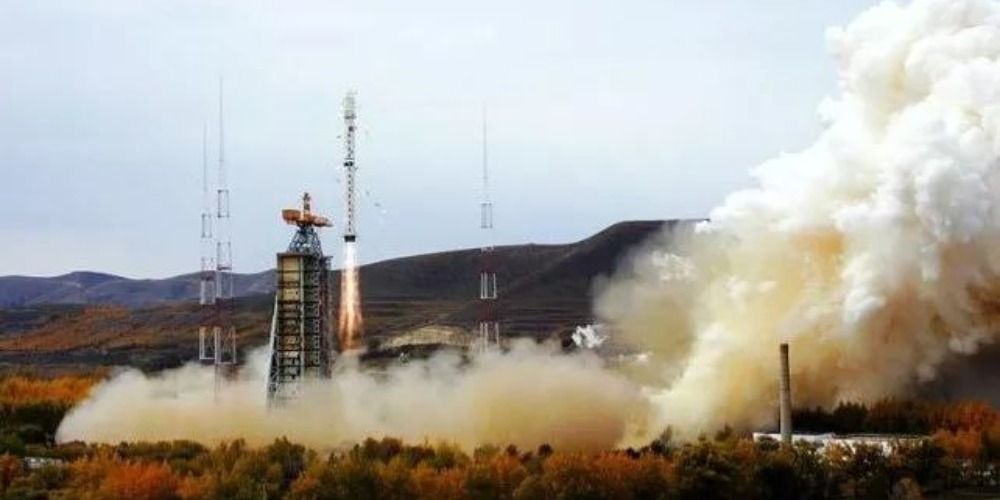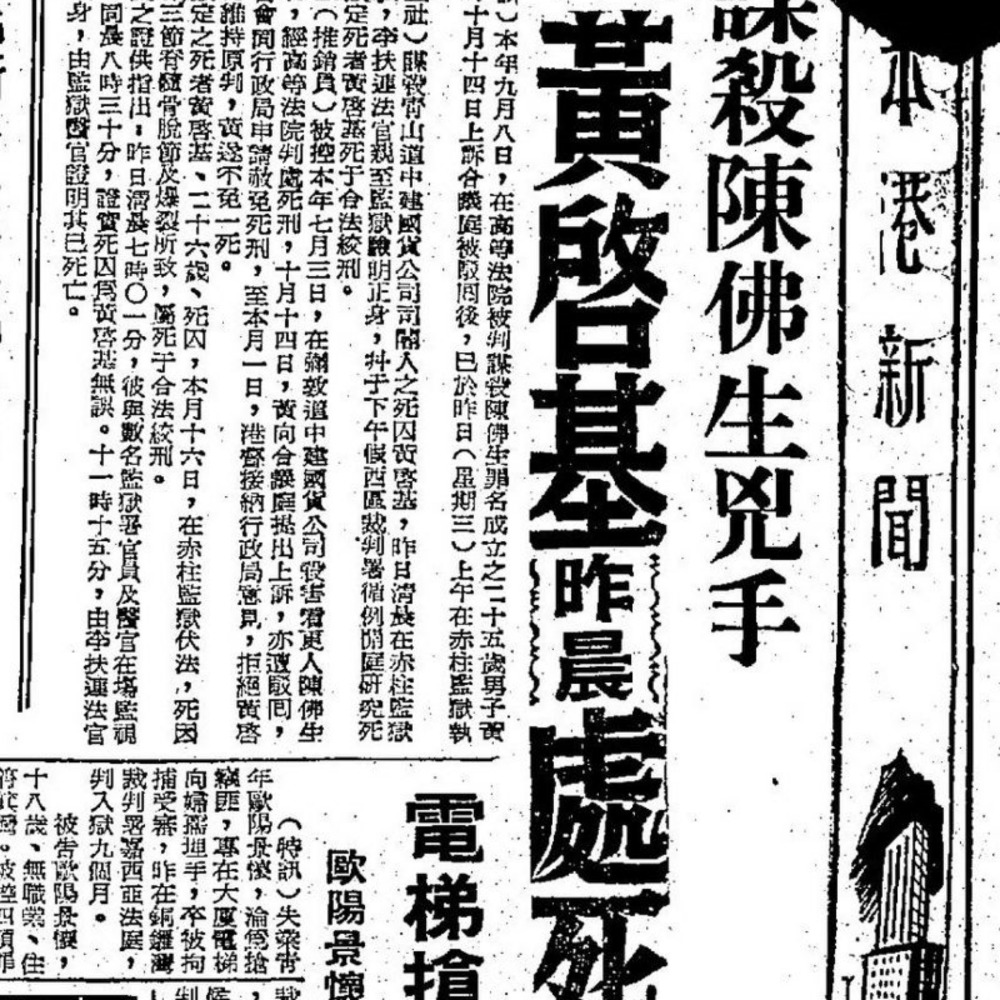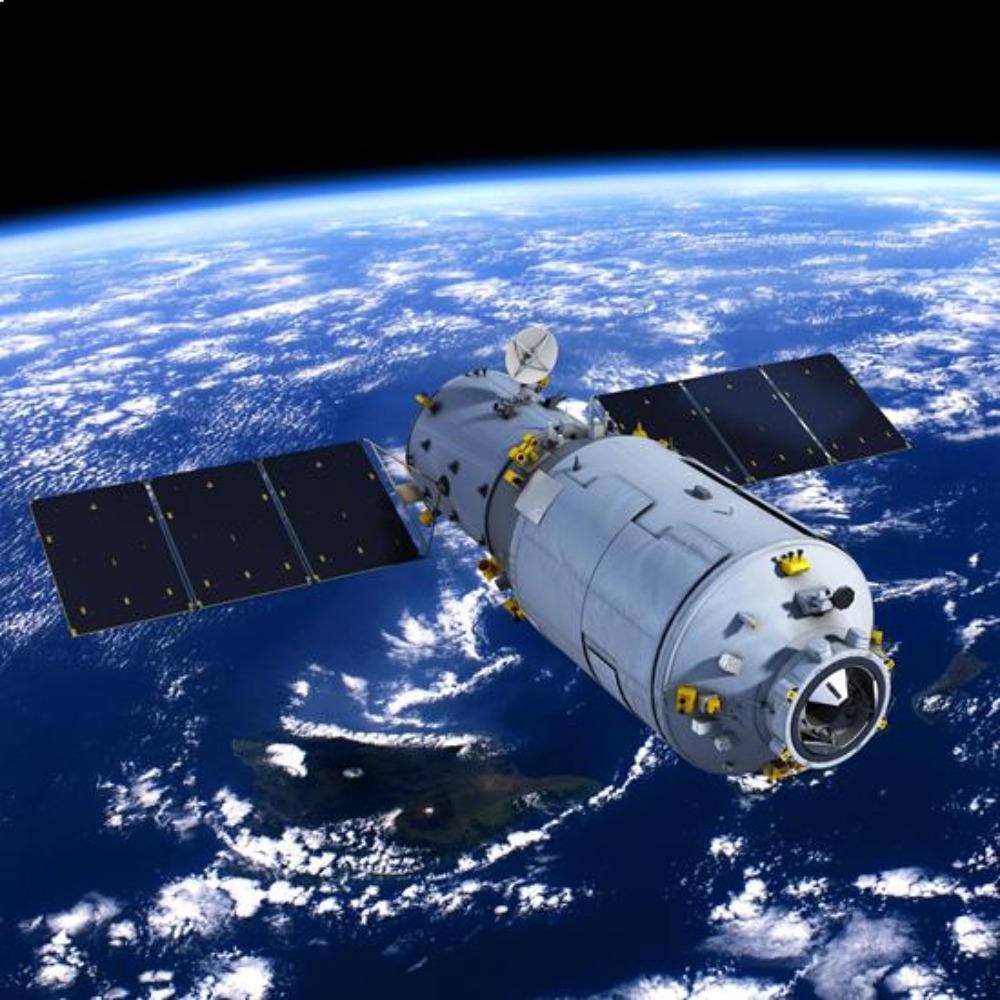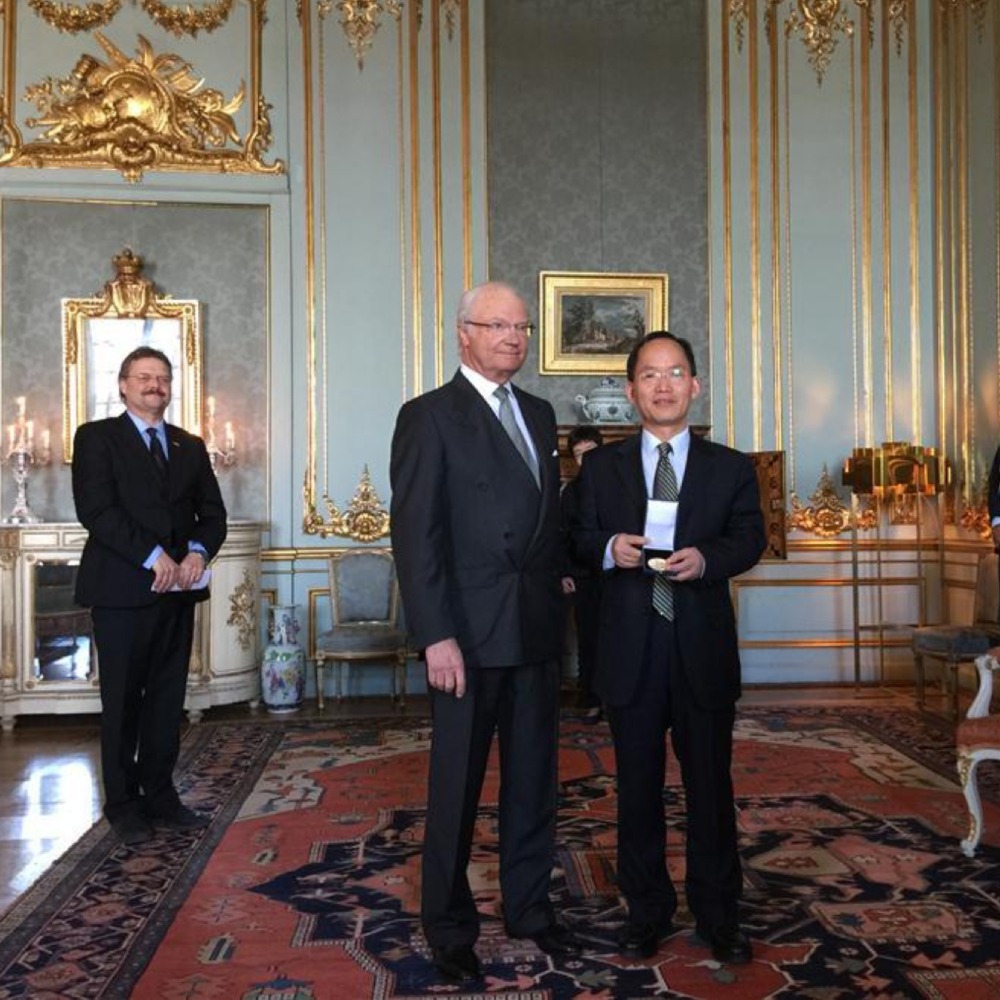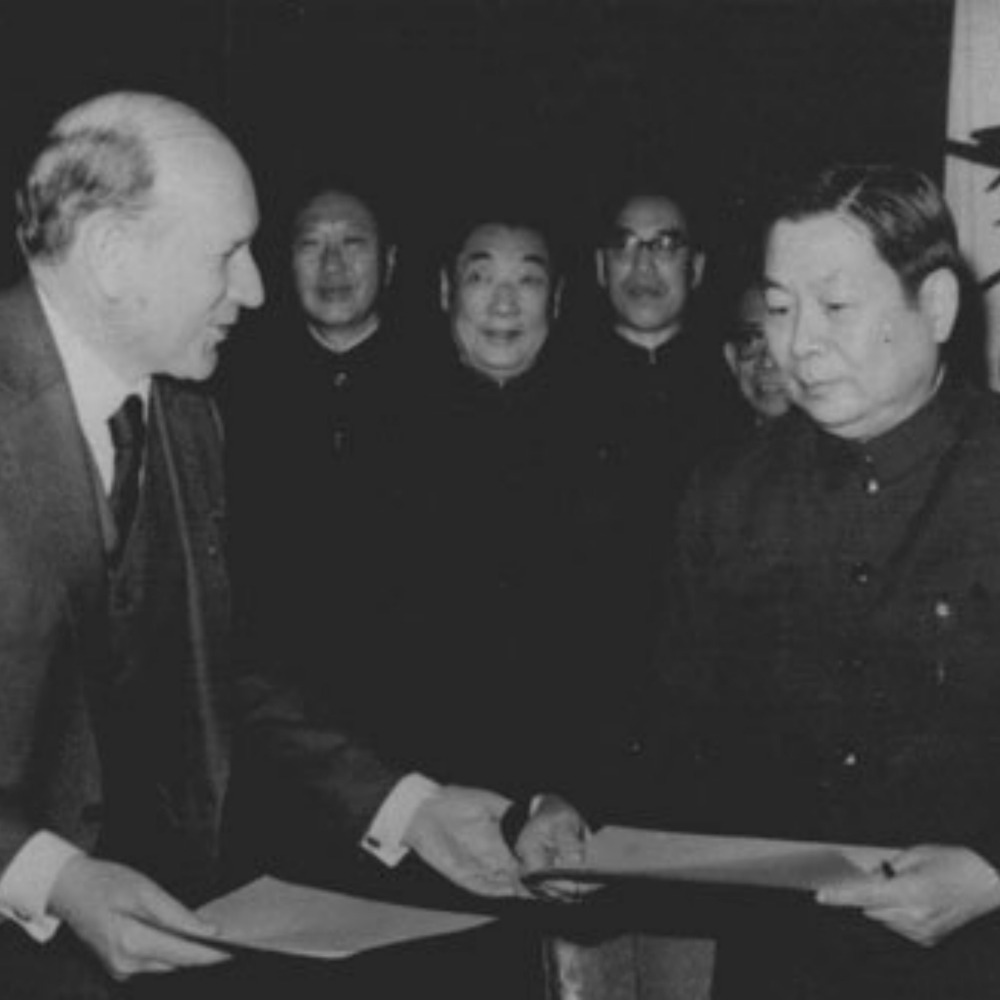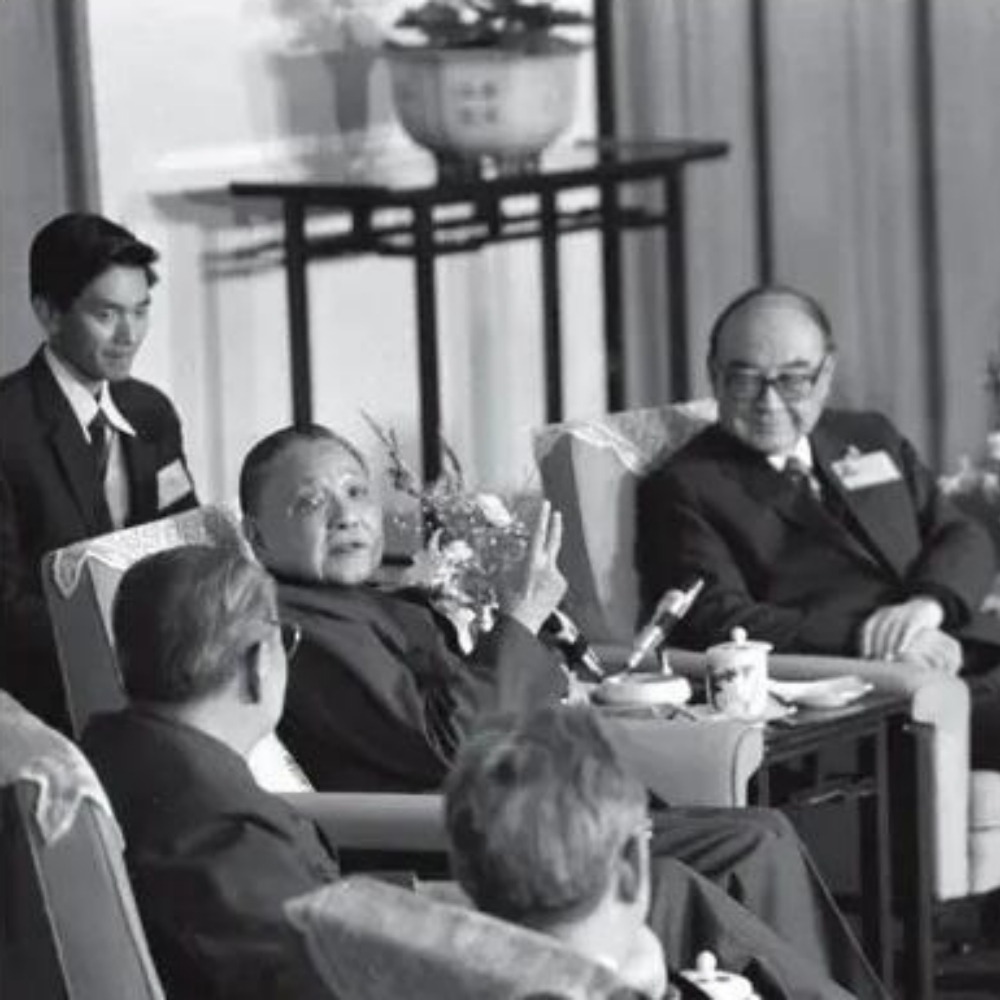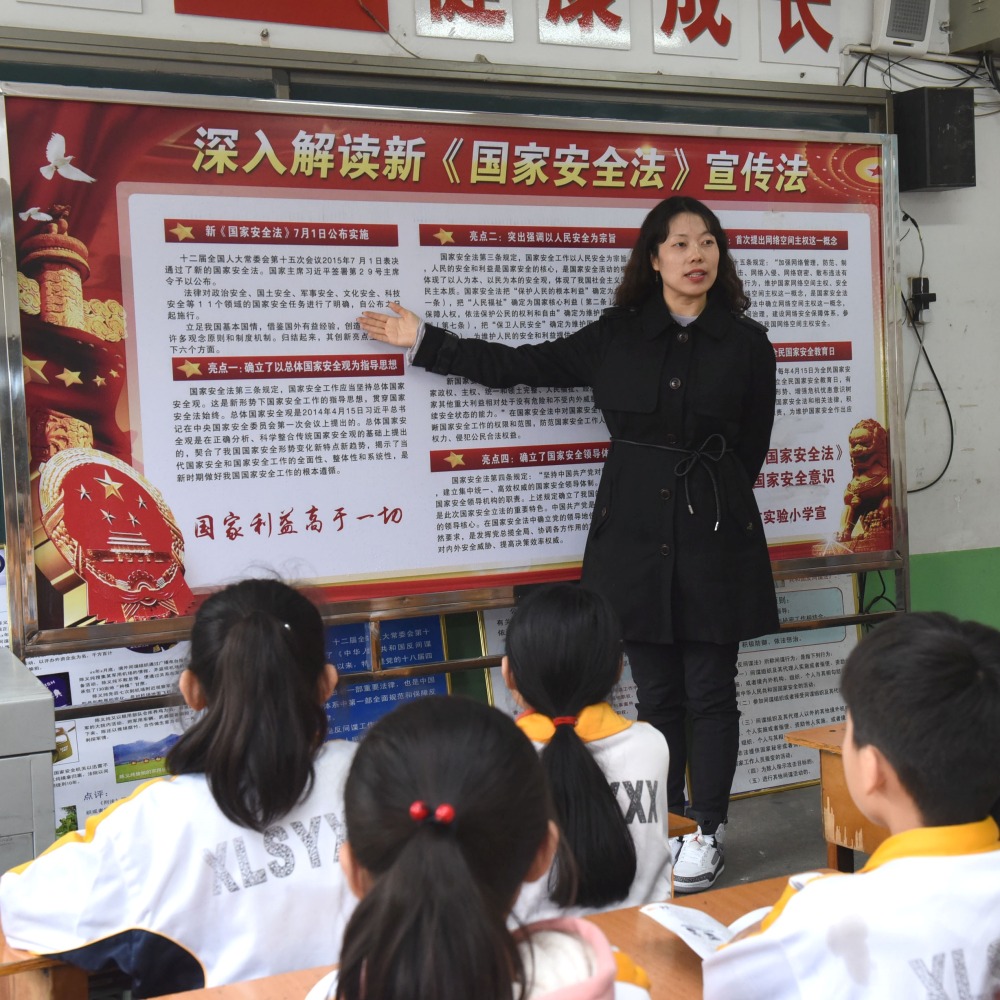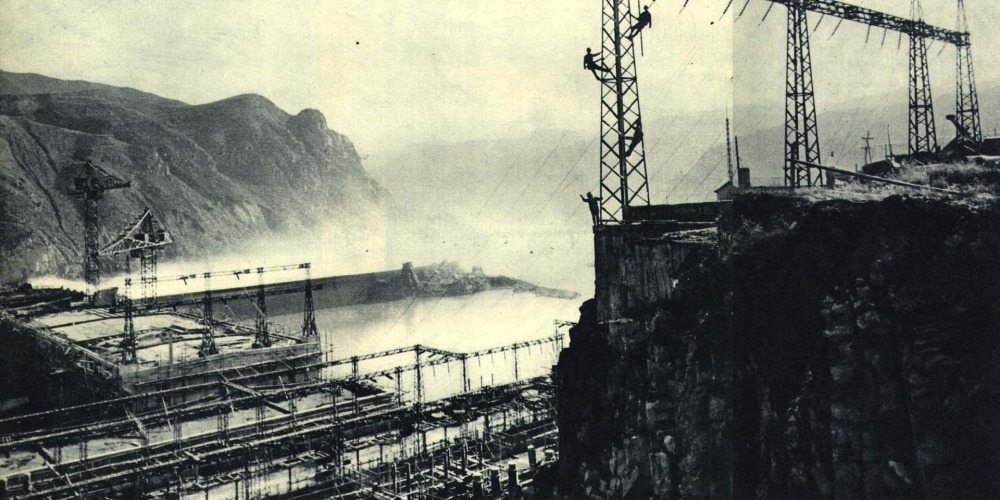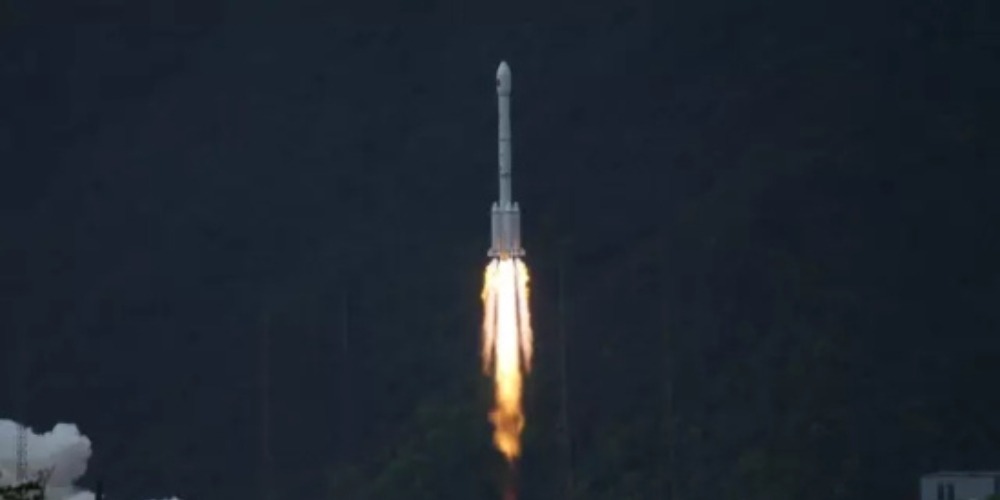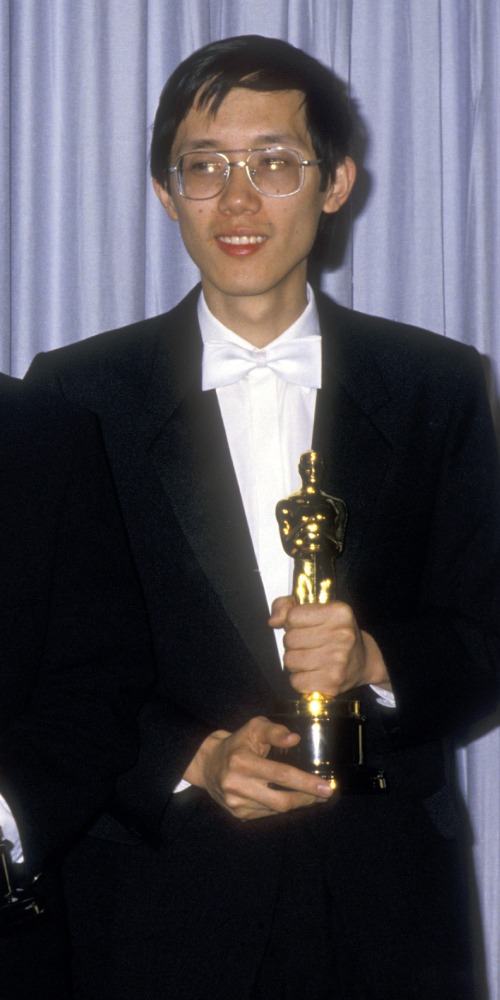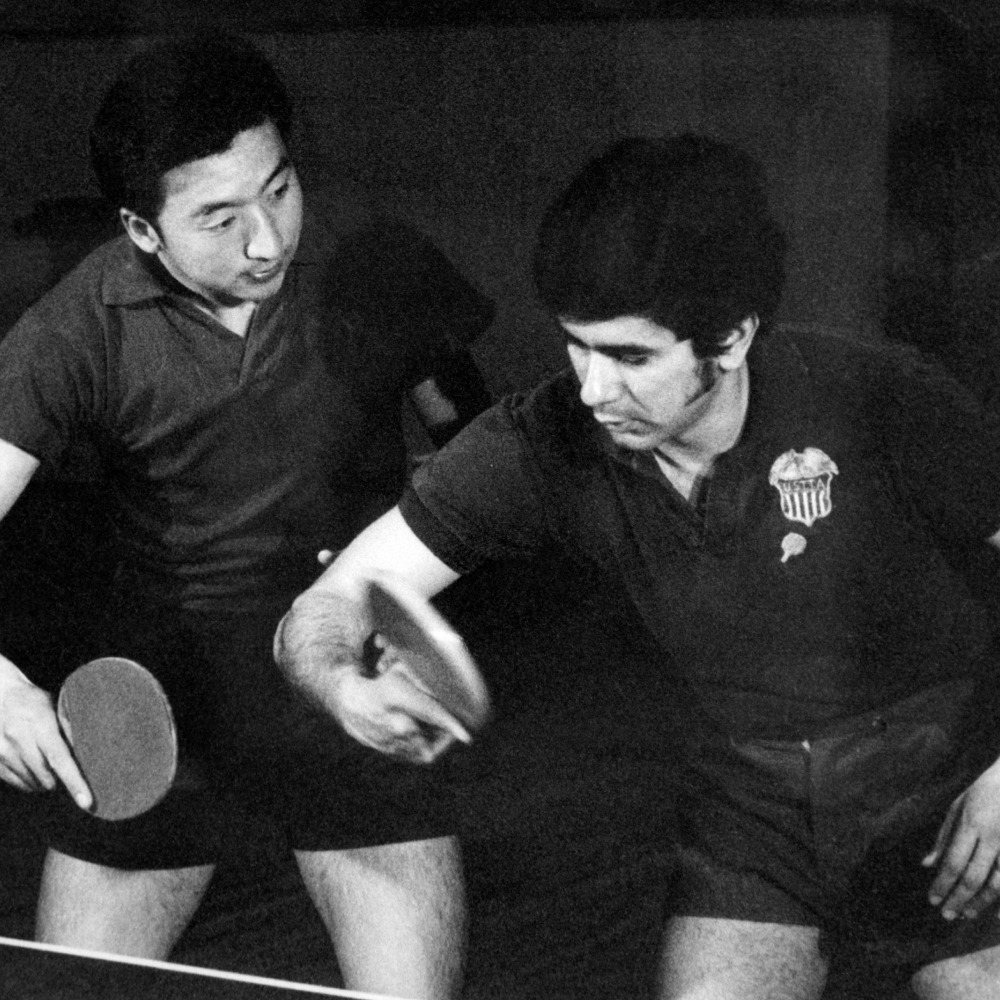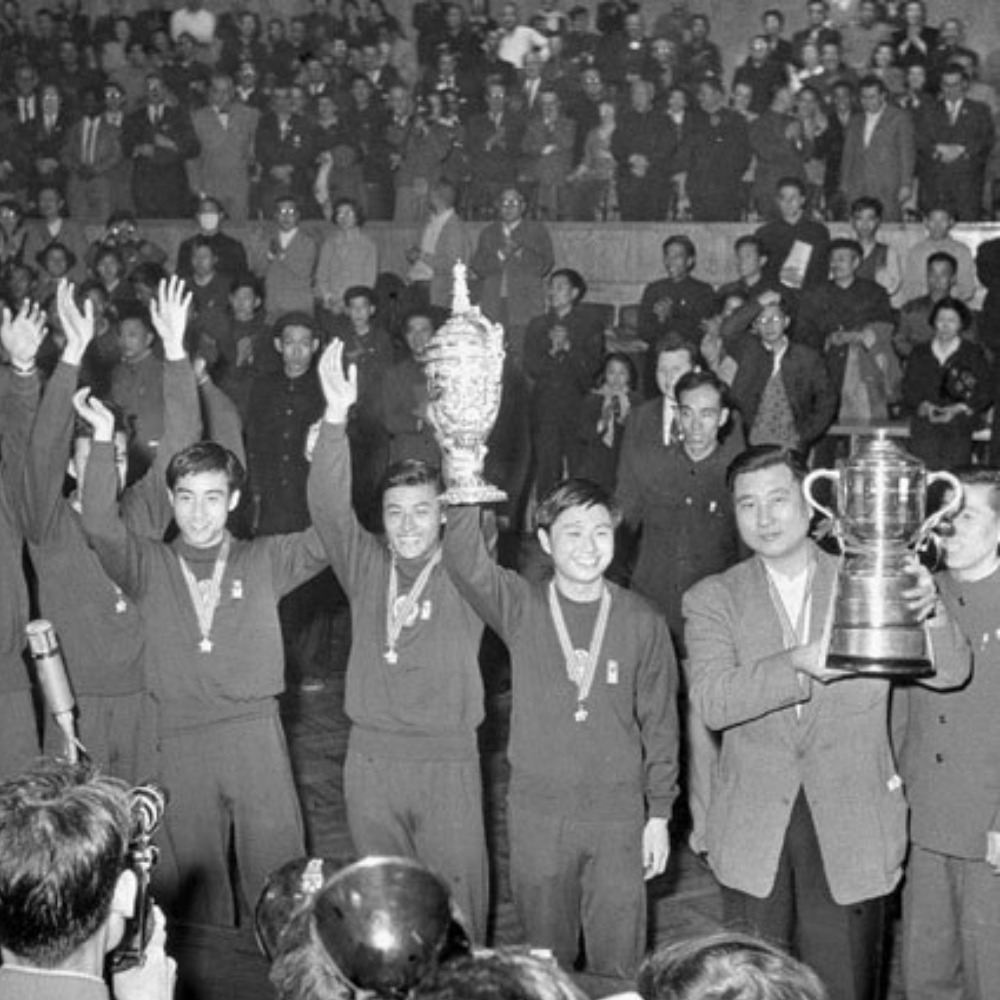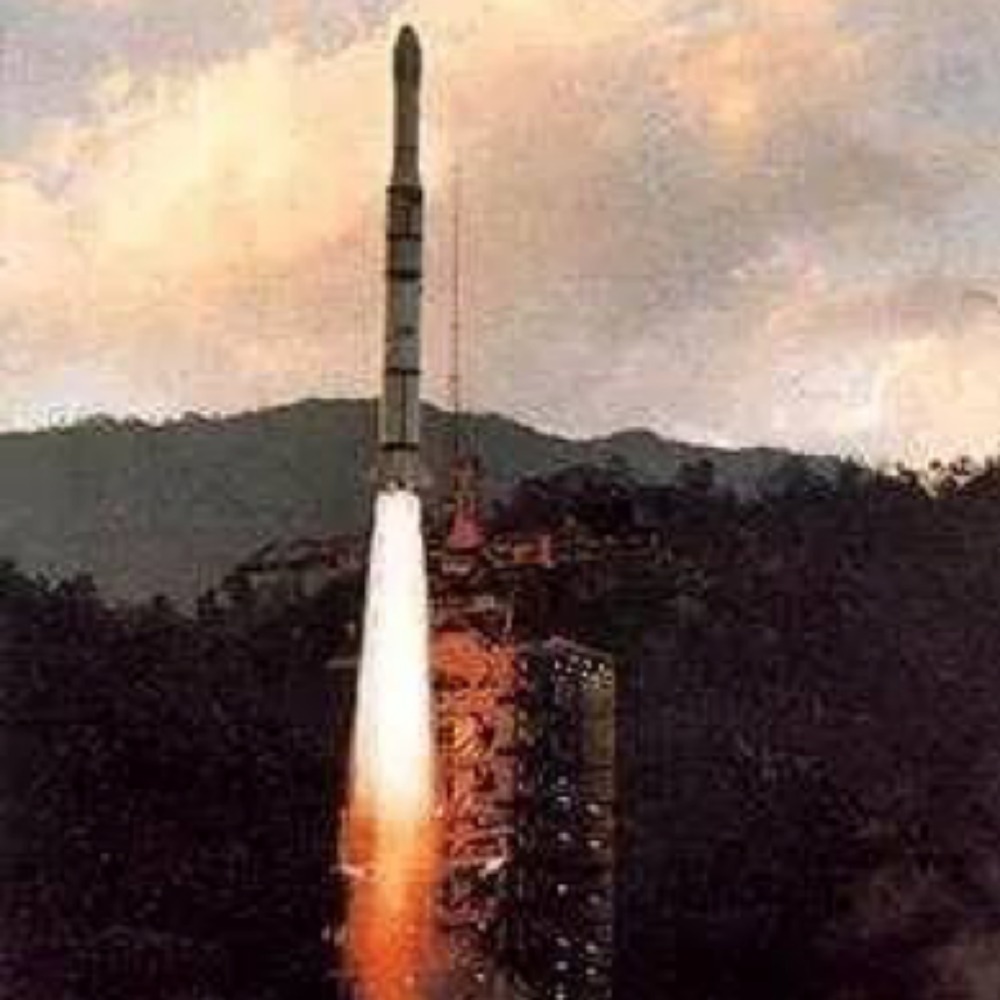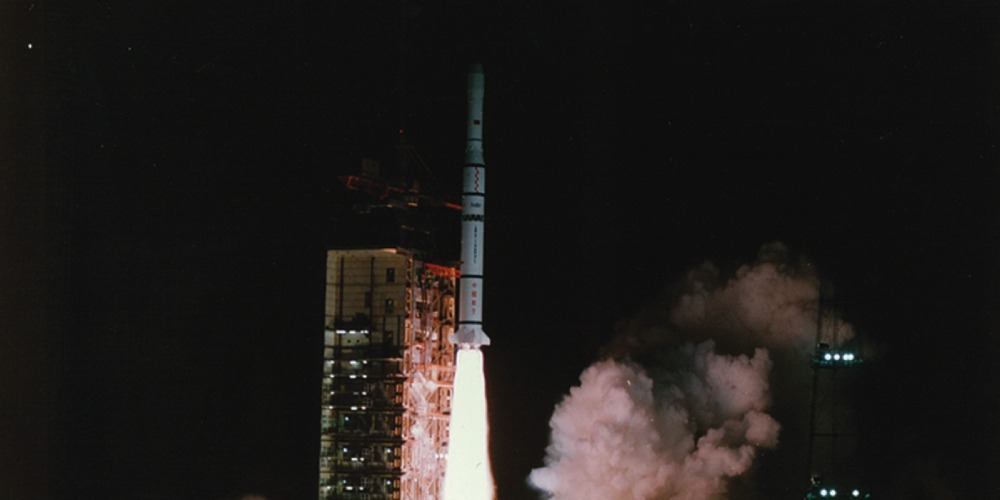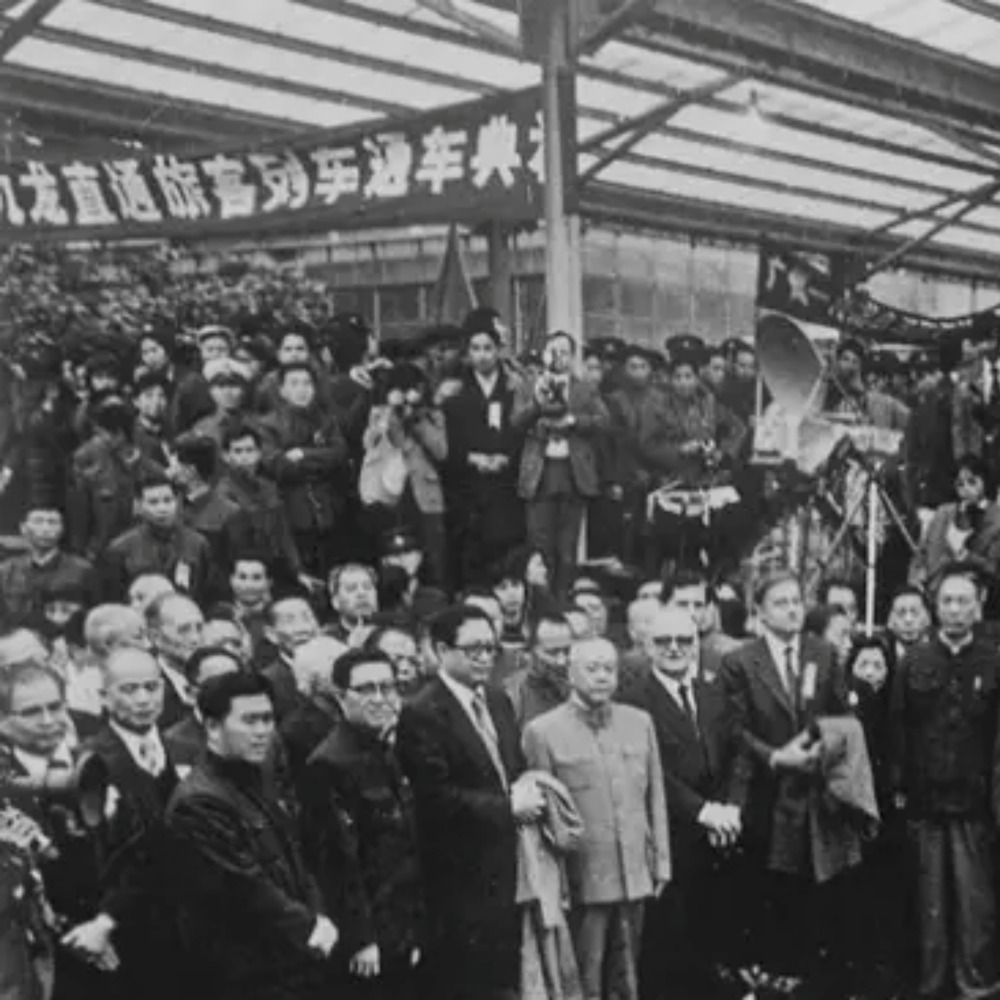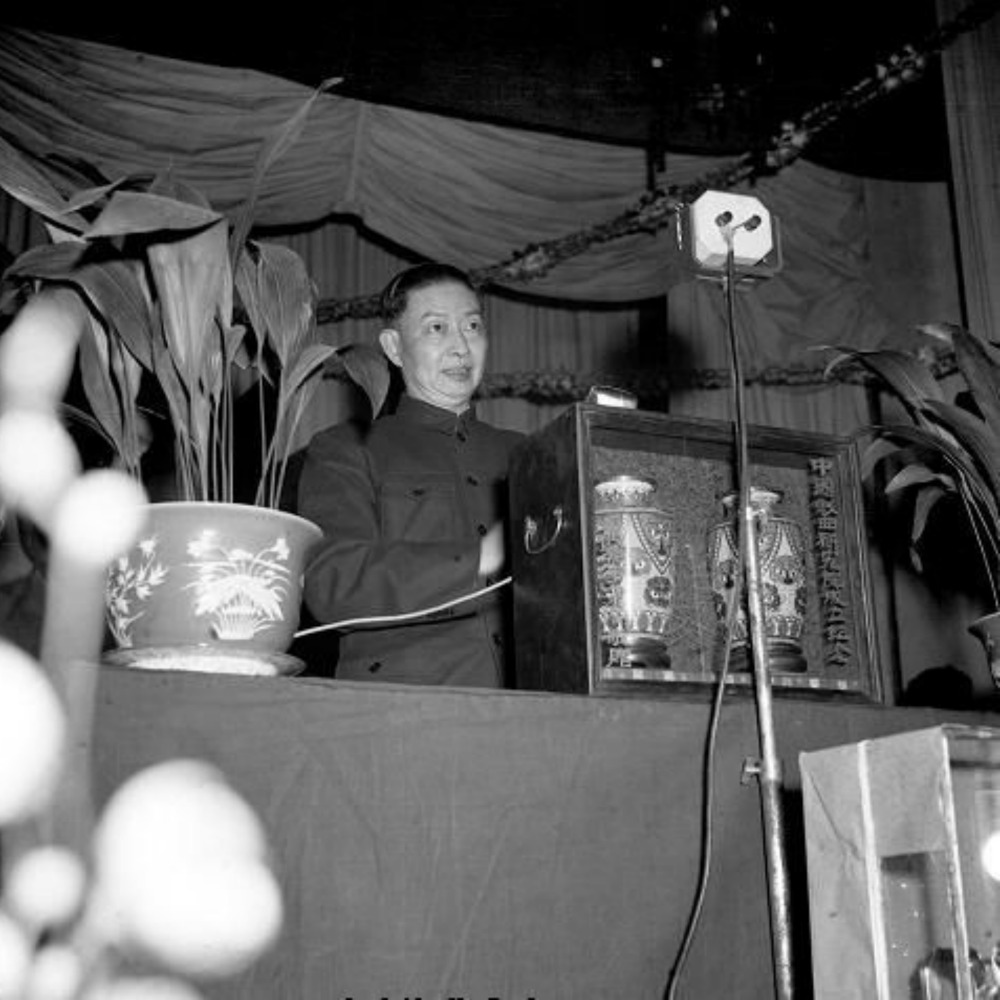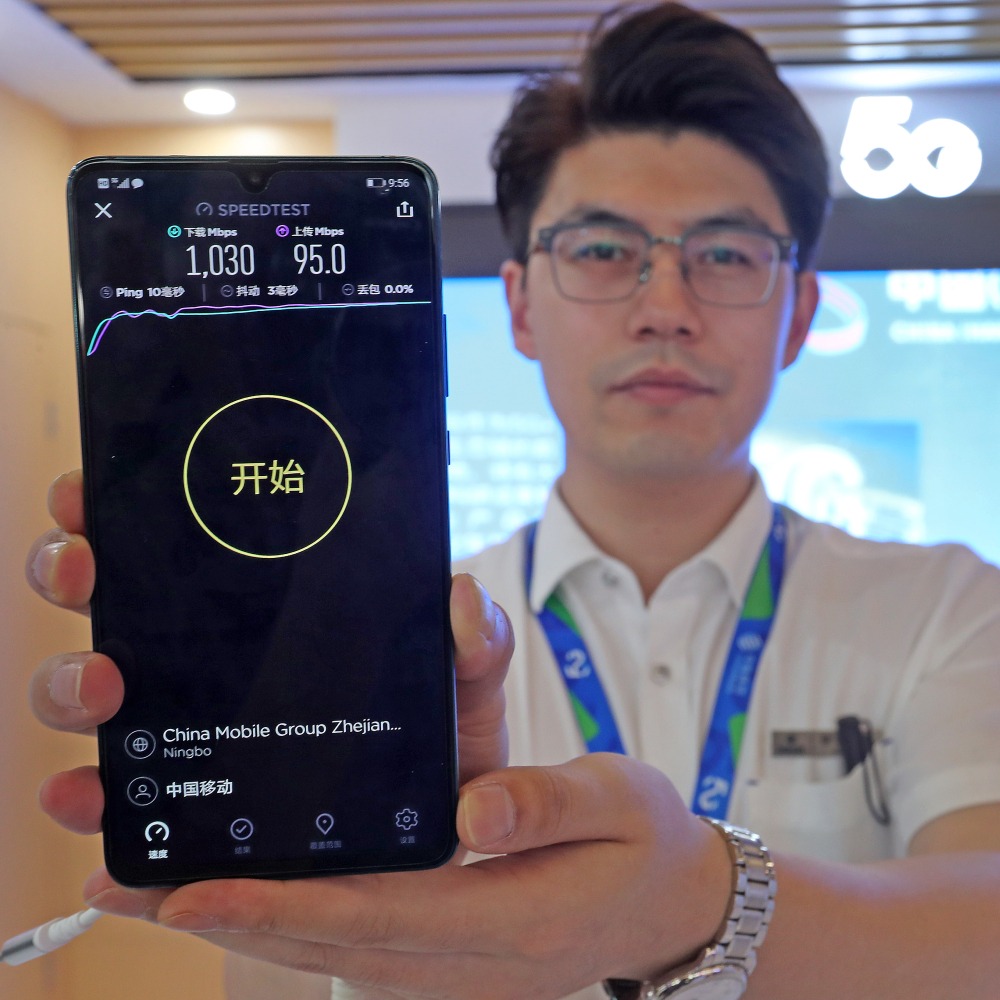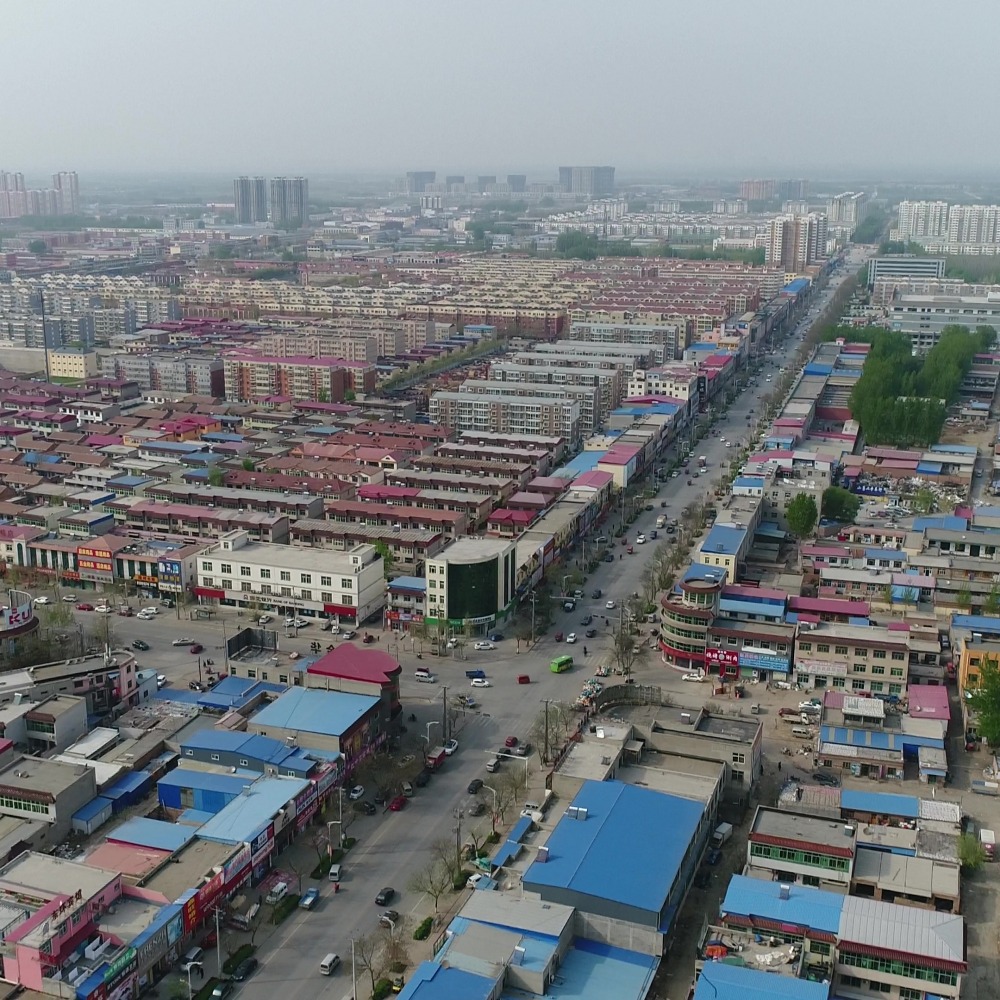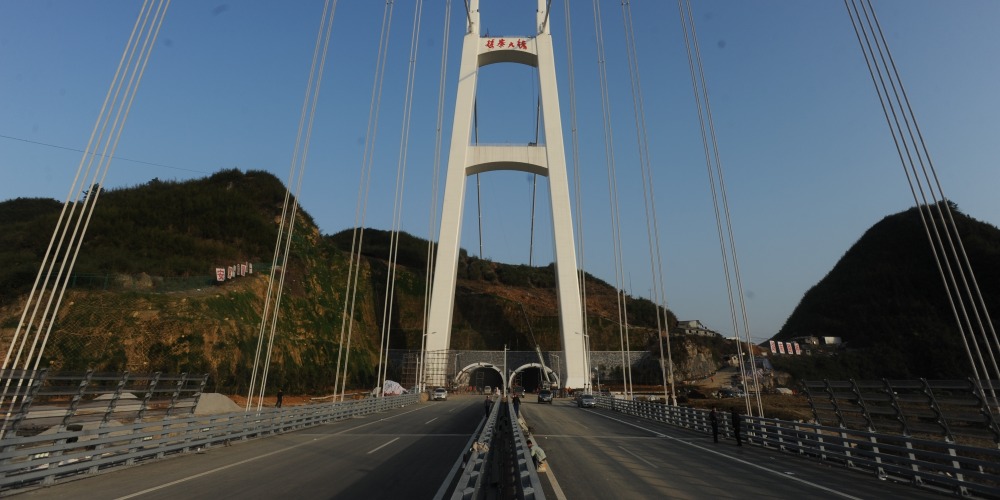Published : 2025-02-28
The National Museum of China was officially established on February 28, 2003. It was established on the basis of the former Museum of Chinese History and the former Museum of the Chinese Revolution.
The predecessor of the National Museum of China can be traced back to the Preparatory Office of the National Museum of History established in 1912.
In 2003, according to a decision by the central government, the Museum of Chinese History and the Museum of the Chinese Revolution were merged to form the National Museum of China.
In 2007, the renovation and expansion projects of National Museum of China began, and the new building was completed and opened in March 2011.
The building retained the original facades of the old buildings on the west, north, and south sides.
It covers a total land area of 70,000 square metres, has a building height of 42.5 metres, five floors above ground, and two floors underground, with 48 exhibition halls, and a building area of nearly 200,000 square metres, making it the largest museum in the world by single building area.
The National Museum of China is an institution that collects and studies ancient and modern Chinese artifacts and historical science and related academic issues.
It currently holds a collection of over 1.4 million items, including ancient artifacts, modern and contemporary artifacts, rare books and ancient texts, and artworks.
Among them, there are 815,000 pieces (sets) of ancient artifacts, 340,000 pieces (sets) of modern and contemporary artifacts, over 240,000 pieces (volumes) of rare books and ancient texts, and nearly 6,000 pieces (sets) of first-level cultural relics.
The National Museum of China has a professional team for the protection and restoration of cultural relics and international first-class equipment. It also has specialised institutions for underwater archaeology, field archaeology, and aerial remote sensing photography archaeology.
It independently publishes the journal Chinese Historical Relics.
In recent years, the National Museum of China has increased its efforts to collect representative evidence reflecting revolutionary culture and contemporary advanced culture.
It collects cultural relics from the public, averaging about 50 sets of ancient artifacts, over 1,000 sets of modern and contemporary artifacts, tangible objects, and artworks each year.
